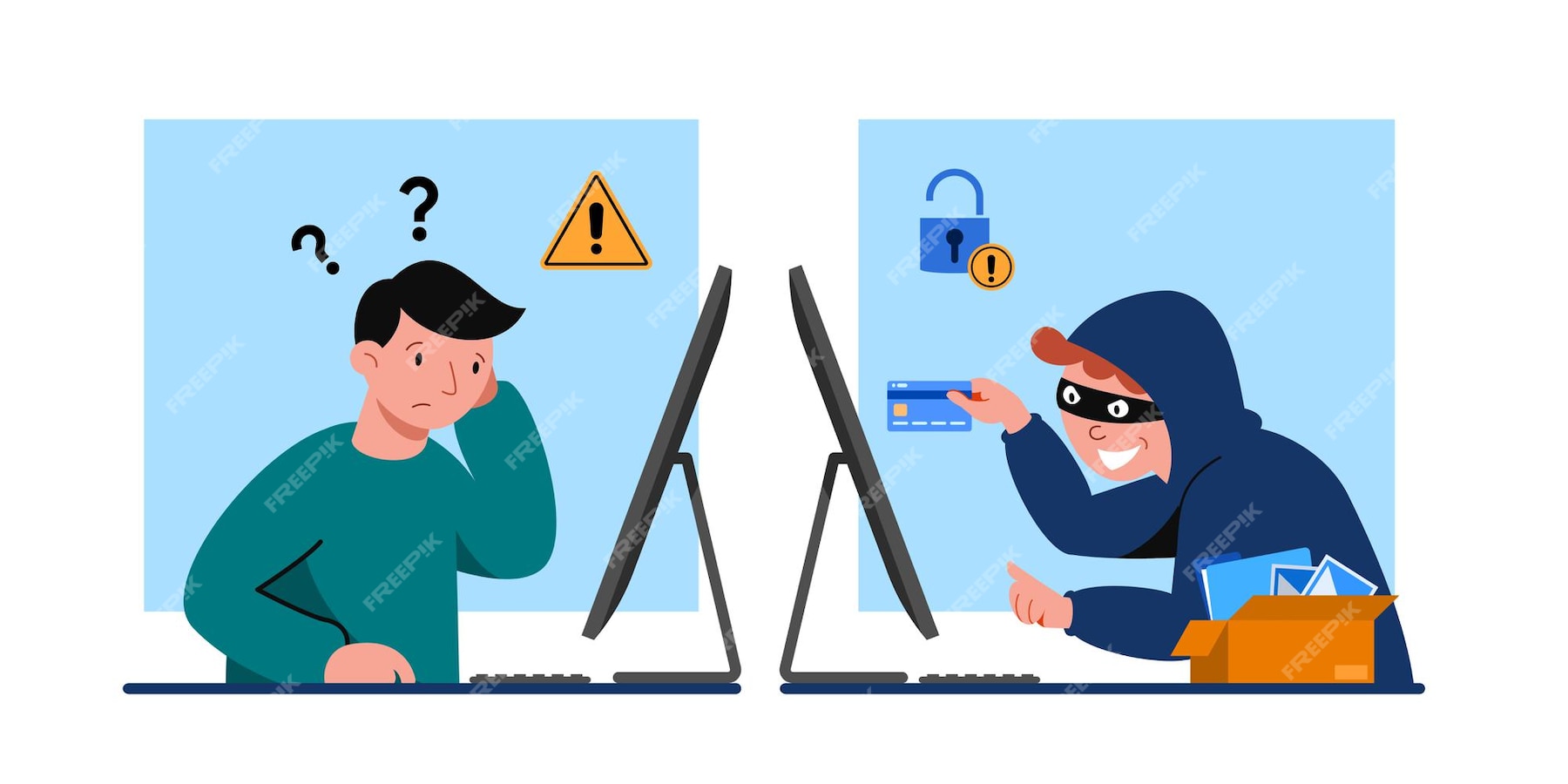In an increasingly digital world, security awareness has become a crucial aspect of personal and organizational safety. Cyber threats are more sophisticated and prevalent than ever, making it essential for everyone to understand and practice effective security measures. This comprehensive guide explores the importance of security awareness, the various types of cyber threats, and practical strategies to mitigate risks.
The Importance of Security Awareness
Understanding Cyber Threats
Cyber threats come in many forms, including malware, phishing, ransomware, and data breaches. Each type of threat poses unique risks, and understanding these can help individuals and organizations develop effective defense mechanisms.
The Human Element in Cybersecurity
Human error is a significant factor in many cybersecurity incidents. Training and educating individuals on recognizing and responding to threats can greatly reduce the risk of cyber attacks.
Protecting Personal and Organizational Data
Data breaches can have severe consequences, including financial loss, reputational damage, and legal repercussions. Security awareness helps protect sensitive information from unauthorized access and exploitation.
Types of Cyber Threats

Malware
Malware includes viruses, worms, trojans, and ransomware designed to damage or disrupt systems. It can be spread through malicious downloads, email attachments, and infected websites.
Phishing
Phishing attacks involve tricking individuals into revealing sensitive information, such as passwords or credit card details, by pretending to be a trustworthy entity. These attacks often occur through deceptive emails or websites.
Ransomware
Ransomware is a type of malware that encrypts a victim’s data and demands a ransom for the decryption key. It can cause significant disruption and financial loss.
Social Engineering
Social engineering involves manipulating individuals into divulging confidential information or performing actions that compromise security. Tactics include pretexting, baiting, and impersonation.
Insider Threats
Insider threats come from individuals within an organization who intentionally or unintentionally cause harm. These threats can be mitigated through monitoring, training, and implementing access controls.
Best Practices for Security Awareness
Regular Training and Education
Continuous education on the latest cyber threats and security practices is essential. Regular training sessions, workshops, and online courses can keep individuals informed and vigilant.
Implementing Strong Password Policies
Encourage the use of strong, unique passwords and change them regularly. Password managers can help generate and store complex passwords securely.
Utilizing Multi-Factor Authentication
Multi-factor authentication (MFA) adds an extra layer of security by requiring a second form of verification in addition to a password. This significantly reduces the risk of unauthorized access.
Recognizing Phishing Attempts
Educate individuals on identifying phishing attempts by scrutinizing email addresses, avoiding clicking on suspicious links, and verifying the authenticity of requests for sensitive information.
Secure Communication Channels
Use encrypted communication channels for transmitting sensitive information. Ensure that email, messaging, and collaboration tools have robust security measures in place.
Regular Software Updates
Keep all software, including operating systems and applications, up-to-date to protect against known vulnerabilities. Enable automatic updates where possible.
Data Backup and Recovery
Regularly backup important data and have a recovery plan in place in case of a cyber attack. Ensure that backups are stored securely and tested periodically.
Creating a Security-Aware Culture
Leadership Commitment
Leadership should demonstrate a commitment to security by allocating resources, setting policies, and leading by example. A top-down approach ensures that security is a priority for everyone.
Encouraging Reporting
Create an environment where individuals feel comfortable reporting suspicious activities without fear of reprisal. Prompt reporting can prevent minor issues from escalating into major incidents.
Rewarding Good Security Practices
Recognize and reward individuals who adhere to security best practices. Positive reinforcement can motivate others to follow suit and contribute to a security-aware culture.
Regular Security Audits
Conduct regular security audits to identify vulnerabilities and ensure compliance with security policies. Audits provide valuable insights into areas that need improvement and also the usage of the software to protect your email.
Advanced Security Measures
Network Security
Implement firewalls, intrusion detection systems, and secure network architectures to protect against external and internal threats. Network segmentation can also limit the spread of malware.
Endpoint Security
Ensure that all devices, including computers, smartphones, and tablets, have up-to-date security software. Endpoint protection can prevent malware infections and unauthorized access.
Cloud Security
Adopt robust cloud security measures, including encryption, access controls, and regular monitoring. Ensure that cloud service providers comply with industry security standards.
Incident Response Planning
Develop and regularly update an incident response plan. This plan should outline the steps to take in the event of a security breach, including communication, containment, and recovery.
The Role of Technology in Security Awareness
AI and Machine Learning
AI and machine learning can enhance security by identifying patterns and anomalies that indicate potential threats. Ensure robust API security to protect against unauthorized data access and ensure safe communication between different software applications. These technologies can provide real-time alerts and automate responses to mitigate risks.
Security Information and Event Management (SIEM)
SIEM systems collect and analyze data from various sources to provide a comprehensive view of an organization’s security posture. They help detect and respond to threats more effectively.
User Behavior Analytics
User behavior analytics monitor and analyze user activities to identify unusual patterns that may indicate a security threat. This proactive approach can prevent insider threats and unauthorized access.
Conclusion
Security awareness is a critical component of safeguarding personal and organizational data in today’s digital landscape. By understanding the various types of cyber threats and implementing best practices, individuals and organizations can significantly reduce their risk of security incidents. Continuous education, a security-aware culture, and advanced security measures are key to maintaining a robust defense against cyber threats. Embrace security awareness to protect yourself and your organization from the ever-evolving landscape of cyber threats.
Check out more AI tool.
Elevate Guest Experience with RoomGenie
🚀 Check out NewsGenie – Your AI consultant
